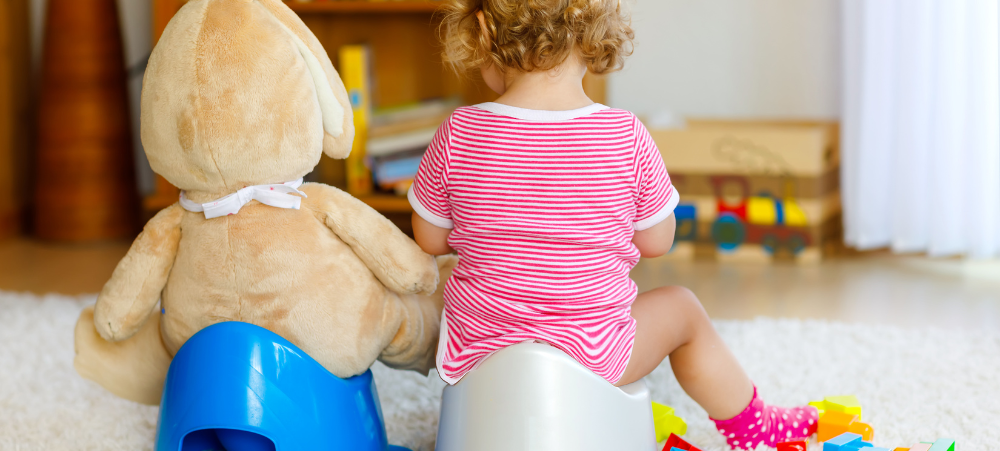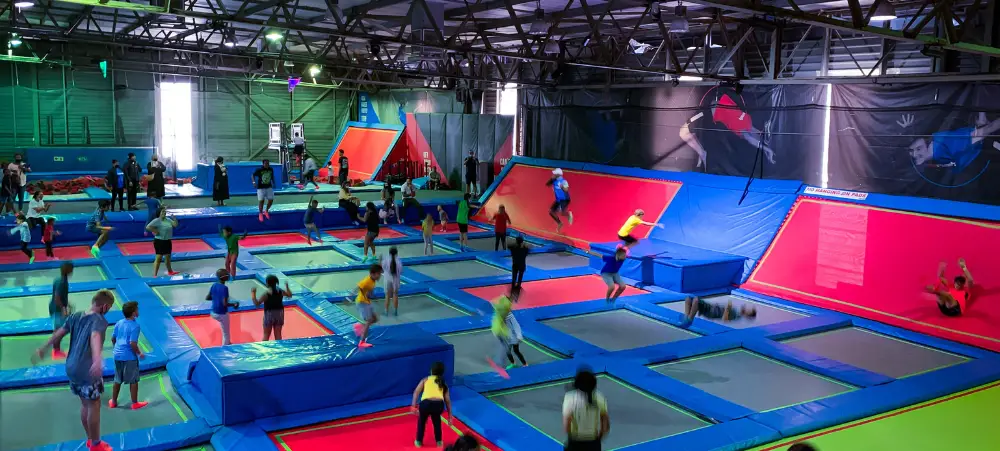
Raising Emotionally Resilient Kids: Tips for Parents
In today’s fast-paced and often unpredictable world, raising children with emotional resilience has never been more crucial. Emotional resilience—the ability to bounce back from challenges, cope with stress, and adapt to change—is a vital skill that will help your child navigate life’s ups and downs with confidence. As a parent, you play a key role in nurturing these skills, setting your child up for long-term success in both their personal and professional lives. Here are some practical tips to help you raise emotionally resilient kids. 1. Model Resilience in Your Own Life Children learn by watching their parents, so one of the most effective ways to teach emotional resilience is to model it yourself. Show your child how you handle stress, setbacks, or failure. Instead of reacting with frustration or panic, demonstrate calm problem-solving and a positive outlook. For instance, if you face a challenging day at work, explain how you’ll handle it and remain focused on solutions. 2. Encourage Problem-Solving Skills Instead of immediately stepping in to fix every problem, encourage your child to think of solutions on their own. When they come to you with a challenge, ask guiding questions like, “What do you think would help solve this problem?” or “How do you think we can make this situation better?” This helps them build confidence in their ability to overcome obstacles and fosters a growth mindset. 3. Foster Open Communication Create an environment where your child feels safe expressing their emotions—whether they’re feeling angry, sad, or anxious. Let them know that it’s okay to talk about their feelings and that you’re there to listen without judgment. When kids know they have a trusted person to turn to, they’re more likely to navigate emotional challenges in a healthy way. 4. Teach Coping Mechanisms Teach your child healthy ways to cope with stress and negative emotions. This could include simple techniques like deep breathing, counting to ten, or engaging in a favourite hobby. By equipping them with these tools early on, you help them develop strategies to manage their emotions throughout life. 5. Praise Effort, Not Just Success One of the most powerful ways to build emotional resilience is to encourage a growth mindset. Instead of only celebrating achievements, praise the effort and persistence your child puts into tasks. When children understand that hard work and perseverance are valuable, they’re less likely to fear failure and more likely to see challenges as opportunities for growth. 6. Teach Empathy and Compassion Empathy helps kids build strong emotional connections with others. Encourage your child to consider how others feel in various situations and to offer help when needed. By teaching them to care about others, you not only nurture emotional intelligence but also build their resilience through supportive relationships. 7. Allow for Failure As hard as it may be, allowing your child to experience failure is essential for developing emotional resilience. When they fail, they learn valuable lessons about perseverance, problem-solving, and self-reliance. Offer support and comfort, but resist the urge to shield them from every mistake. Instead, guide them through the process of learning from failure. 8. Create Routine and Stability While change is inevitable, providing a stable and predictable environment at home gives your child a sense of security. Routine helps children feel more in control of their lives, reducing anxiety and providing a foundation for them to manage change when it does occur. 9. Encourage Independence Give your child opportunities to make decisions on their own. Whether it’s choosing their own clothes, helping with household tasks, or managing their homework schedule, allowing them some autonomy builds their confidence in handling responsibilities and navigating everyday challenges. 10. Prioritise Self-Care and Balance Finally, remind your child (and yourself!) of the importance of self-care. Emotional resilience is built on a foundation of good physical and mental health. Encourage activities like regular exercise, getting enough sleep, eating nutritious meals, and finding time to relax and recharge. Conclusion Raising emotionally resilient children is not about shielding them from life’s difficulties but equipping them with the tools to handle adversity with confidence and grace. By modelling resilience, encouraging problem-solving, and fostering a supportive environment, you can help your child develop the emotional strength they need to thrive in an ever-changing world. Ultimately, resilient children become resilient adults—capable of facing whatever life throws their way.































